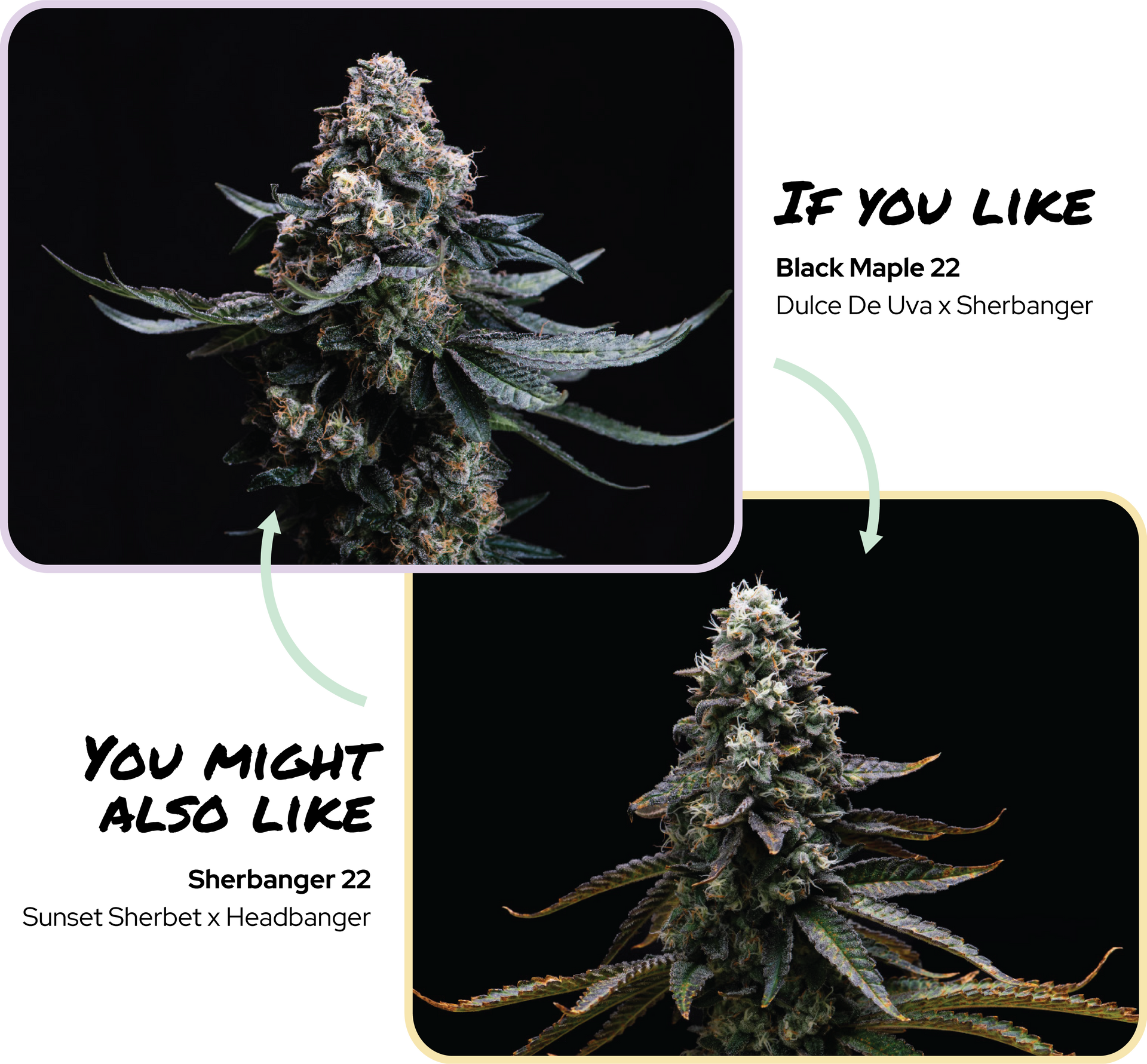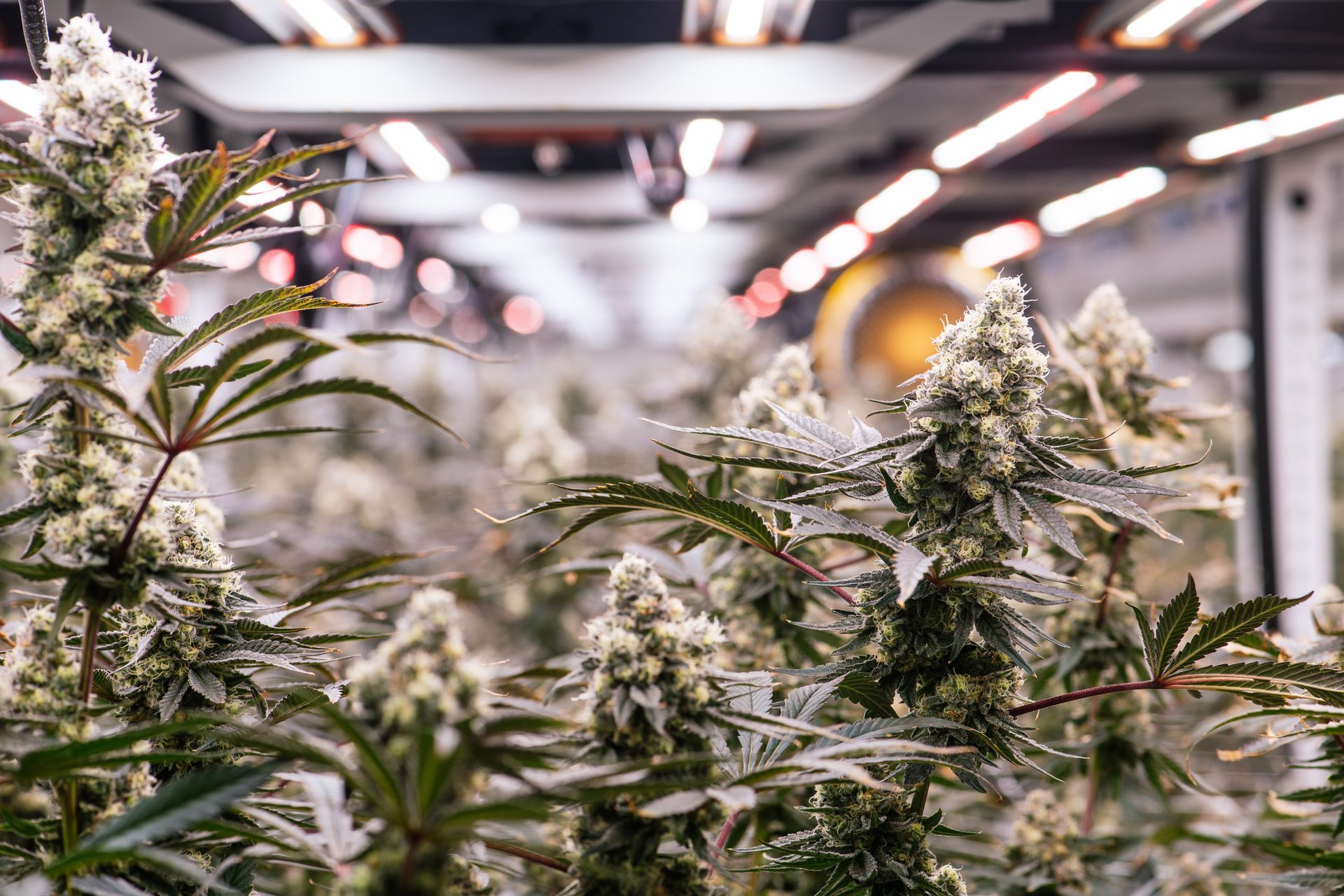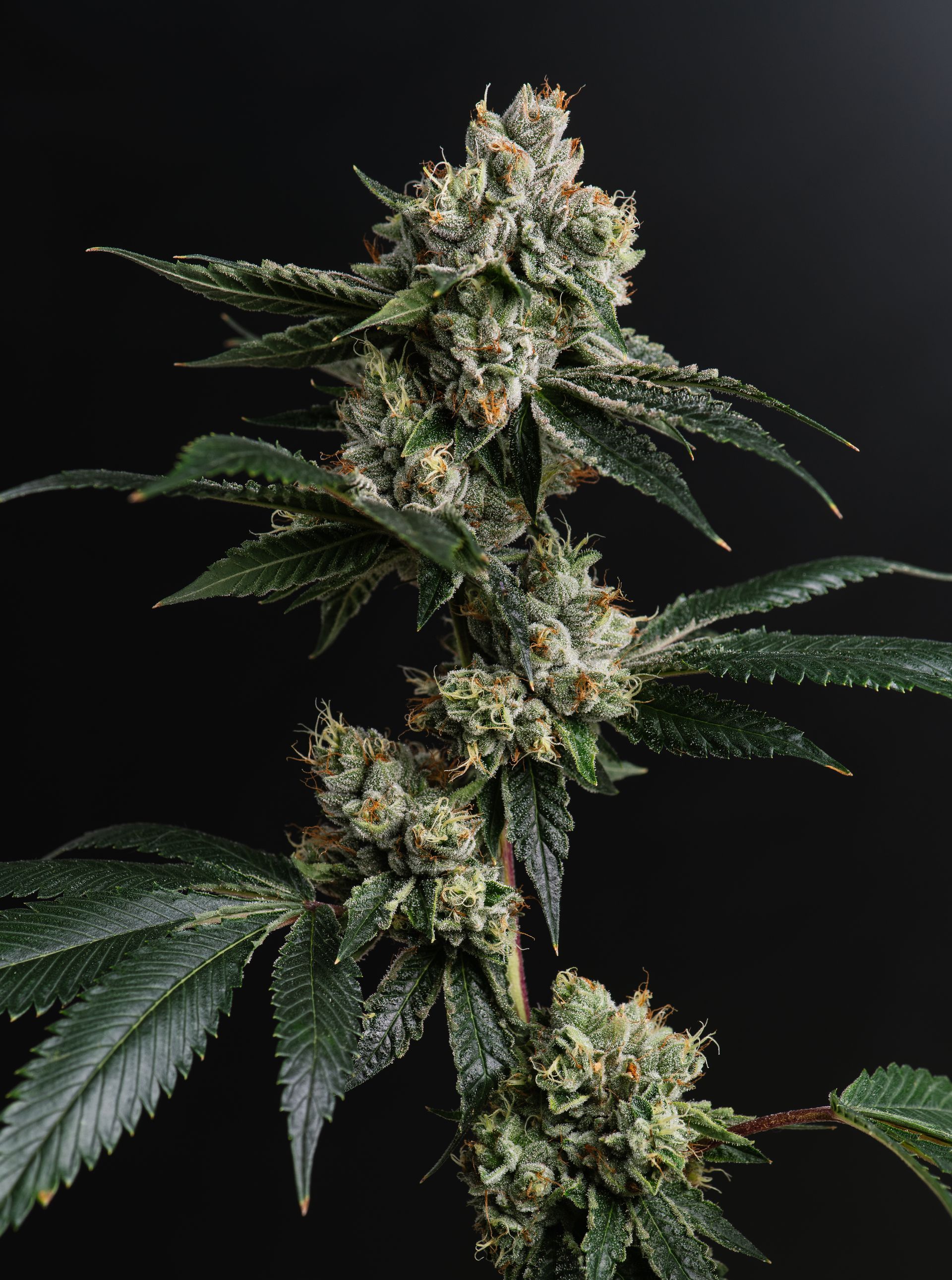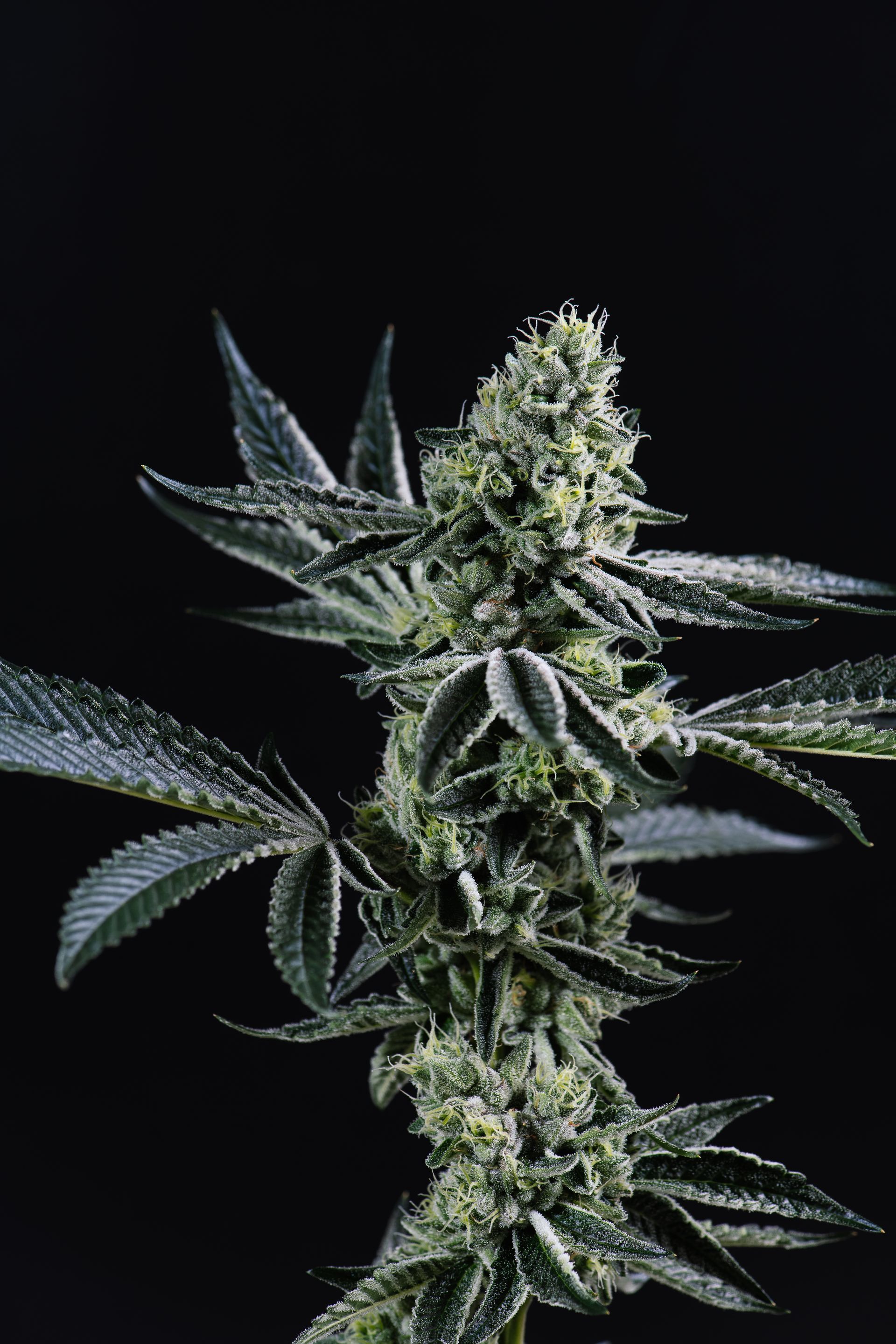Understanding Cannabis Flower
Sativa vs. Indica
Cannabis is more than sativa and indica. These terms actually describe the plant’s structure, not their effects. The effects you feel come from a strain’s unique chemical profile, mainly cannabinoids and terpenes. Together, they increase the efficacy of one another—what is known as the Entourage Effect.
The most commonly discussed cannabinoids are tetrahydrocannabinol (THC), cannabidiol (CBD), and cannabinol (CBN).
There are typically hundreds of terpenes and flavonoids found in cannabis. Terpenes are responsible for the plant’s aromatic qualities.

Choosing Flower & Tracing Your Tastes Through Genetics
Know Your Goal: Decide on the effects you’re looking for (e.g., creativity, focus, relaxation)
Potency & Terpenes: Match THC and CBD levels to your tolerance and desired effects, and explore the terpene profile to find aromas and experiences that suit your preferences.
Learn What Works for You: Understanding the genetics of strains you love—such as their parent plants—helps you identify patterns in effects, flavors, or aromas that align with your preferences.
Find Similar Strains: If you enjoy a strain with Black Maple 22 in its lineage, for example, you’re likely to appreciate other strains with similar genetics.
What's the Difference Between THC and THCa?
THCa is the non-psychoactive form of THC found in raw cannabis. It doesn’t cause a high until it’s heated—a process called decarboxylation—which turns it into THC, the compound responsible for cannabis’s psychoactive effects. While THC produces euphoria and other well-known effects, THCa may offer benefits like anti-inflammatory and neuroprotective properties without the high.
In Missouri, cannabis labels show THCa, a non-psychoactive compound that converts to THC when heated. To estimate THC, multiply THCa by 0.877.
Have additional questions? Email us.



